Can You Trust Your Factory Gauges? What They’re Telling You, And What They’re Not
Factory gauges are trending in two directions in modern cars and trucks: either they are disappearing completely, replaced by dummy lights and on-screen warnings, or they’ve transitioned to digital displays where they can be configured to your heart’s content.
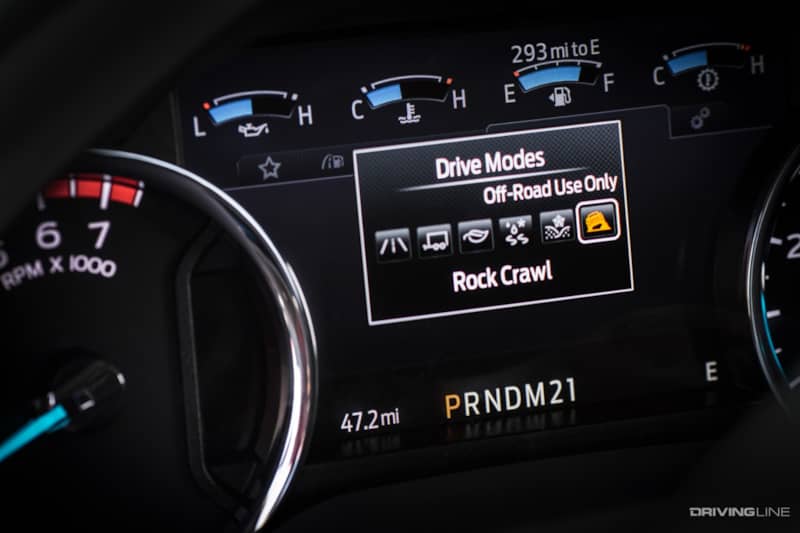
Whether you’re rocking a traditional analog gauge or a more modern graphical representation, what you might not know is that factory gauges aren’t always truthful about what they’re showing you. In fact, whether it’s a question of calibration or design, you might need to take the data that’s on display with a grain of salt.

Dummies Take Warning
You might have heard the term “dummy” light used to describe the various warning lights that can appear on a dashboard to warn drivers about things like plunging oil pressure, high engine temperature, low battery voltage, or other vehicle data that typically pre-sages catastrophe. Less commonly discussed is the concept of a “dummy” gauge—that is to say, a gauge display that appears to be functional and providing a “live” data reading, but which isn’t actually programmed to relay accurate information.
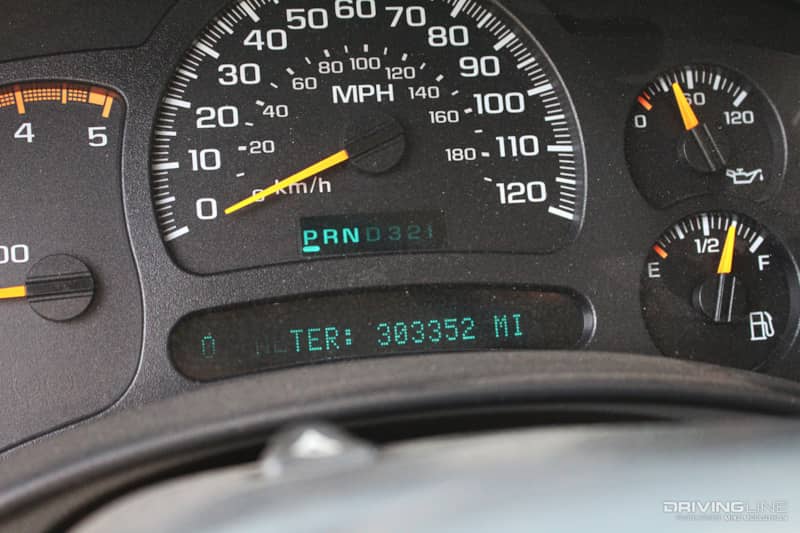
Two of the most common dummy gauges are in fact paired with the dummy lights described above. Engine oil pressure, for example, varies according to the temperature and the speed of the motor, but on most vehicles the needle on the gauge that’s keeping track of how many PSI are present settles into a zone somewhere between the two extreme numbers at either end, and stays there for the duration of the drive.
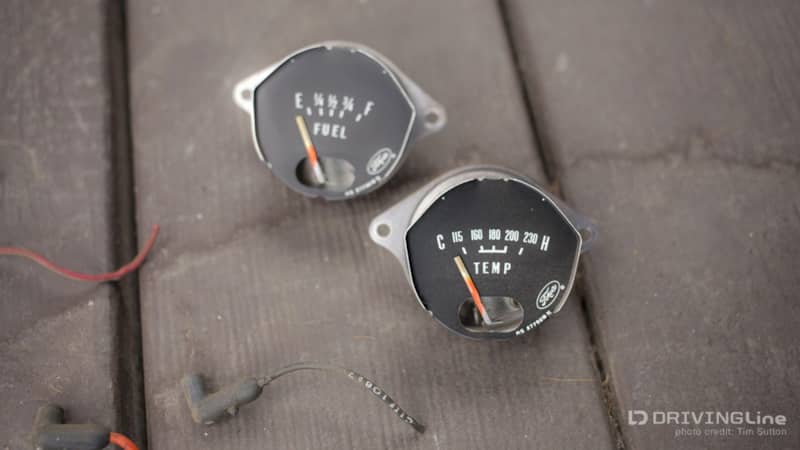
Engine temperature gauges also often seldom stray from the middle of the readout once a motor has warmed up. Not only that, but some of them lack any kind of information beyond “Hot” on one side and “Cold” on the other, leaving you mystified as to actual engine oil temperature.

Don’t Panic!
What’s the point of a dummy gauge? For automakers, they’re a way of keeping novice owners from misinterpreting or getting worked up about the actual performance of their vehicle. Simply put, car companies don’t trust drivers not to freak out when they’re exposed to the natural swings of oil pressure or temperature that come with regular engine operation.
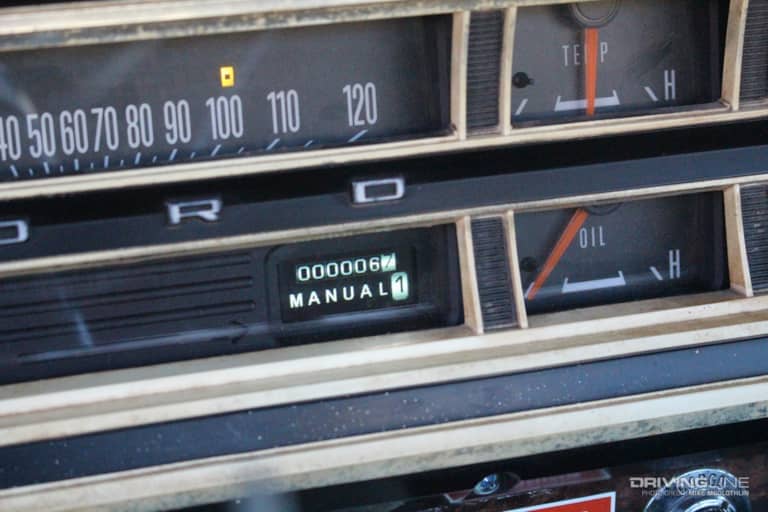
Although some gauges never move under any circumstances—the first-generation Mazda Miata oil pressure gauges is a notorious example—on most the system is designed to interpret a certain range of pressures and temperatures as “normal” and keep the needle in a neutral, placating spot when the sensor returns those values. On some autos things have to get fairly extreme before a “low” or a “high” reading will be displayed, at which point it might be too late to take corrective action.
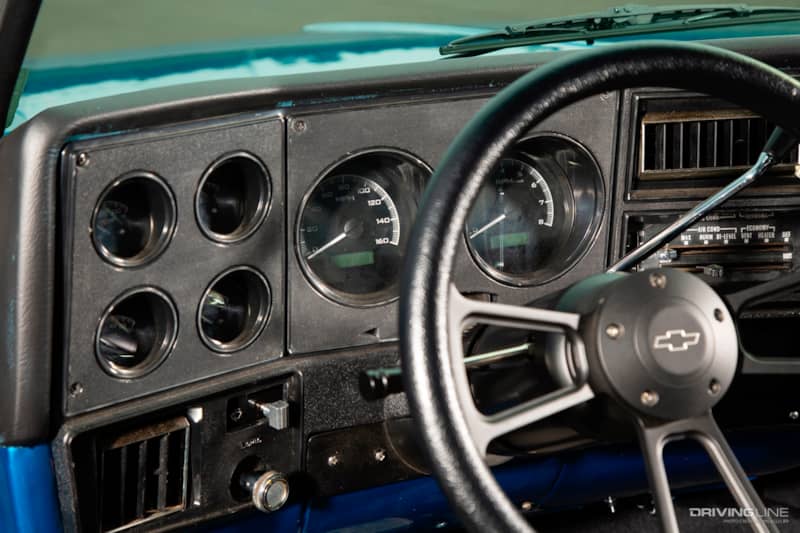
It’s also important to consider gauge calibration. An older set of analog factory gauges could be showing bad information due to dirty contacts, stuck needles, or faulty sensors. In some cases that gauge that never moves might need to be replaced. You can test for things like oil pressure and fuel pressure by running a feed from the engine itself while it’s running. For a voltmeter, you can use a handheld electrical testing tool and read the voltage across the battery terminals with the vehicle running to see if it matches what’s displayed inside.
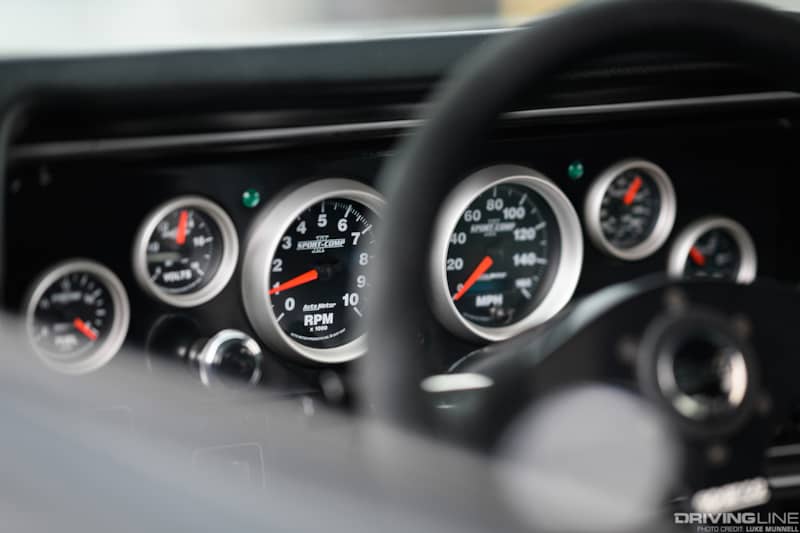
Go For Gauges
For most people, gauges aren’t a necessity. Today’s cars, SUVs, and pickups are designed to insulate their pilots from the details of what’s going on under the hood, and most commuters probably don’t think twice about the needles on the dash until they creep into the red. For an enthusiast, however, or anyone who uses your truck for towing or hauling—basically, any type of driving that could put stress on the drivetrain—your interest in engine specifics is more than academic. Having gauge that offers more than the placebo effect of demarcating a “safety zone” readout is a crucial part of monitoring your motor.
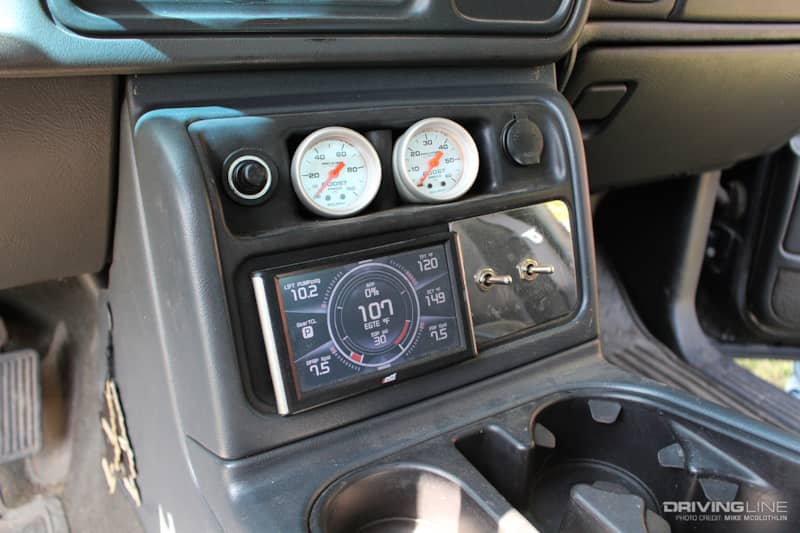
If you’re concerned that your gauges aren’t being entirely truthful, or if you want a readout that provides actual data rather than simply moving a needle across a colored line, you have several options. The old-school method is to simply install a set of aftermarket analog gauges that relay information direct from the sensor rather than having it interpreted by the dashboard’s software or factory settings. These will further give you a much more precise measurement on the gauge face itself.
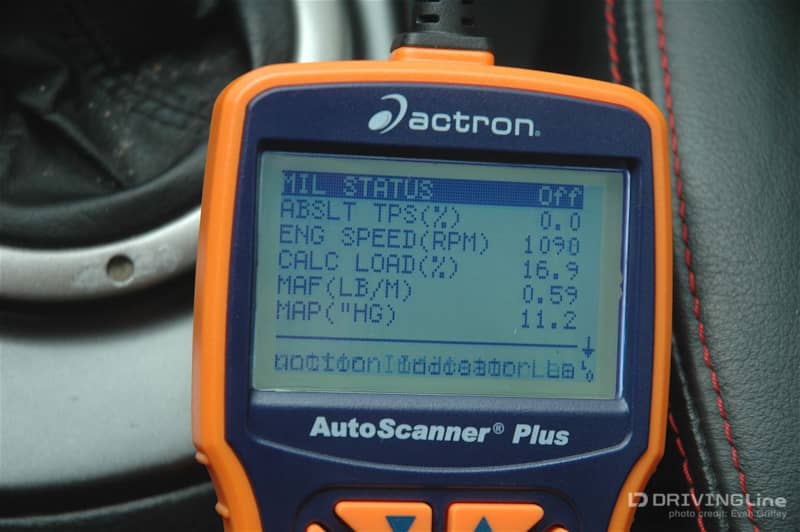
For any vehicle built after the mid-90s, you can also take advantage of the data connection provided by the OBD-II port. Located under the dash, this plug allows you to connect to a car or truck’s computer system and read values directly from each sensor using either a handheld scanner or a USB dongle that links up with an app on your mobile phone. This can be an excellent testing tool to let you know just how accurate, or inaccurate, your factory gauges actually are. It can also offer you the option of a secondary “dashboard” on a mobile device that updates in real-time and lets you get as granular with data values as you want to.








